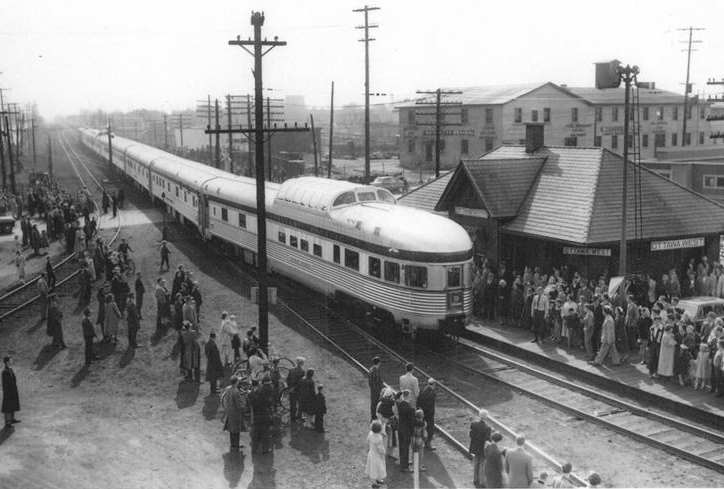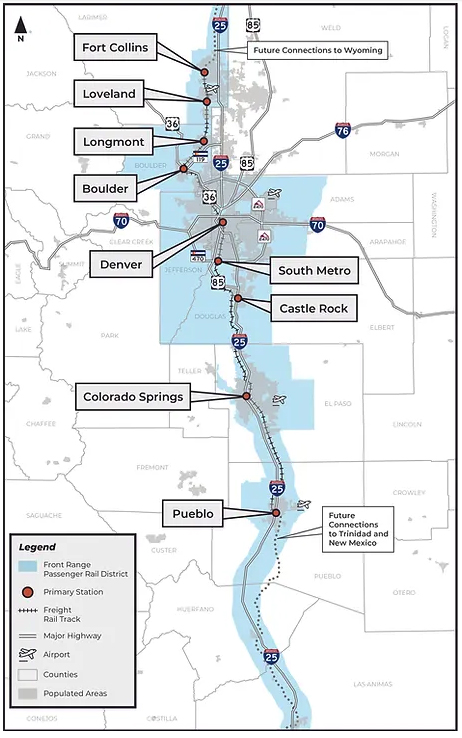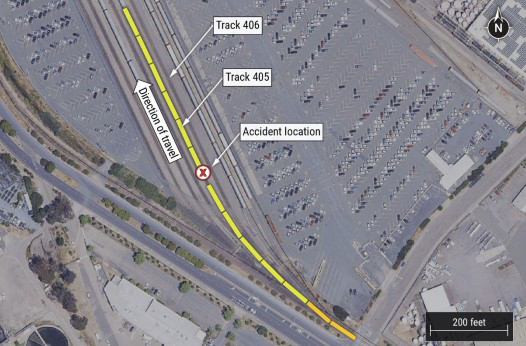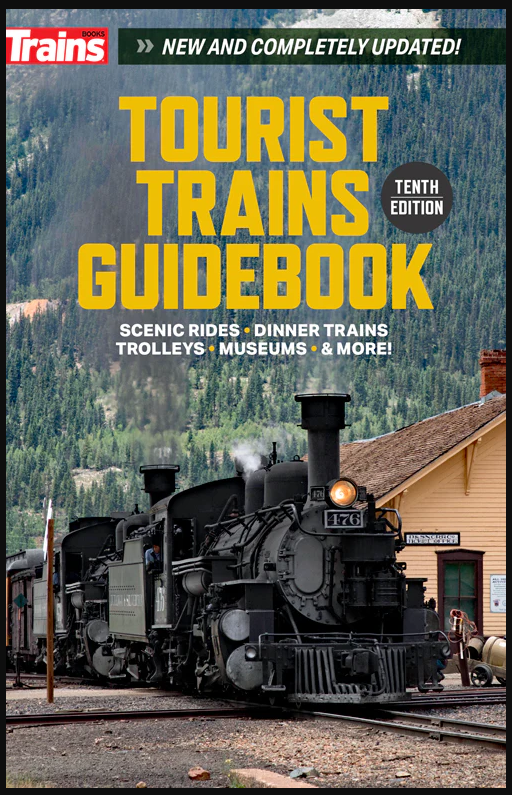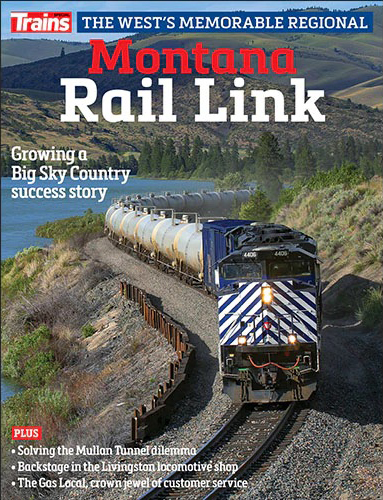
WASHINGTON — The probable cause of a rear-end collision between two Norfolk Southern freight trains near Easton, Pa., last year — an incident that involved three trains in all — was the engineer’s failure to follow restricted speed requirements, the National Transportation Safety Board said today (April 23, 2025).
But the lack of positive train control safeguards that could offer protection against human error contributed to the wreck, the board said in its final report on the March 2, 2024, accident.
Trains operating at restricted speed can travel no faster than 20 mph — and must proceed at a speed slow enough to allow the engineer to stop their train within one-half the range of vision.
“Given the inaccuracies, and hence risks, associated with estimating restricted speed, this accident underscores the importance of the FRA completing research into PTC technologies to prevent train-to-train collisions during restricted speed operations,” the NTSB said.
The safety board, in a 2023 report, recommended that the Federal Railroad Administration take steps to enhance the $15 billion PTC system that was fully deployed in 2020. PTC can enforce a fixed speed limit but lacks enough information about train location to effectively detect and respond to potential collisions when trains are operating at restricted speed.
In the NS collision, eastbound intermodal train 268 rear-ended stationary intermodal train 24X on main track two on the Lehigh Line. Three of 268’s cars derailed and fouled adjacent track 1. Just over a minute later, westbound NS merchandise train 19G struck the derailed equipment while moving at 22 mph. [see “Three-train NS accident in Pennsylvania …,” Trains News Wire, March 2, 2024]. As a result, six of 19G’s cars and two locomotives derailed. The locomotives were partially submerged in the Lehigh River and leaked diesel fuel into the water.
Four crew members were treated for minor injuries and released from a nearby hospital.
Before the accident, train 268 was operating in the same signal block as the 24X, which had stopped at a red signal at a control point due to traffic ahead. Train 268 passed an automatic signal which indicated that the train could proceed at restricted speed.
“In an interview with investigators, the engineer said that he knew that the rear of train NS24XH101 was in the signal block that his train was entering and assumed it was continuing to move. The train was operating in an area with limited visibility because of elevated terrain and vegetation along the curved tracks that ran on river grade and parallel to the Lehigh River, causing the train’s engineer to only be able to see train NS24XH101 for the first time when it was about eight railcar-lengths away,” the NTSB said.
The engineer used the locomotives’ dynamic brakes and independent brakes but “these braking efforts did little to reduce the train’s speed in the 17 seconds leading up to the collision,” the NTSB said. The train was moving at 13 mph.
“The NTSB has identified that while crew training and operational compliance activities are currently the only safeguards railroads have to mitigate human factor risks inherent in restricted speed collisions, future enhancements to PTC could and should be developed and implemented by the railroad industry to prevent future train collisions and to mitigate the risk of human factor errors while operating trains at restricted speeds,” the board said.
The NTSB also said that the FRA should continue to work on analyzing data that can help revise training and increase oversight to ensure that restricted speed rules are followed correctly, as the board recommended following a 2018 collision of BNSF trains in Kingman, Ariz.
The NS wreck came amid the railroad’s proxy battle with activist investor Ancora Holdings. Five days after the collision, Ancora issued an error-riddled white paper claiming that the wreck must have been caused by a systemic PTC failure or an NS management decision to override PTC protection [see “Ancora’s safety white paper …,” News Wire, March 13, 2024].






